Airport type Military Location Thorney Island Elevation AMSL 10 ft / 3 m Year built 1938 | Operator Royal Air Force In use 1938 - 1984 01/19 0 Owner Ministry of Defence | |
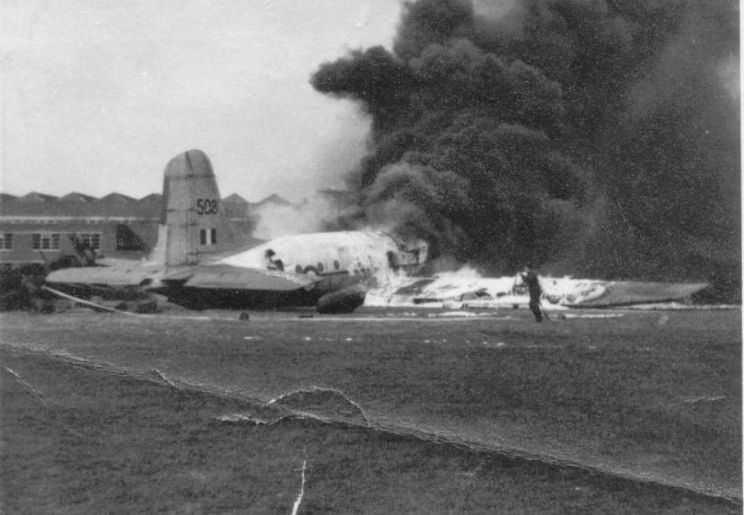 | ||
Similar Wick Airport, RAF St Eval, RAF St Mawgan | ||
Queen at raf thorney island no sound
RAF Thorney Island is a former Royal Air Force station located 6.6 miles (10.6 km) west of Chichester, West Sussex, England and 7.1 miles (11.4 km) east of Portsmouth, Hampshire.
Contents
- Queen at raf thorney island no sound
- Station history
- Major units
- Minor units
- Fleet Air Arm Squadrons
- Post war units
- 222 Squadron RAF
- 242 Operational Conversion Unit
- SAR flight 22 Squadron RAF
- Aircraft operated
- Post war
- Post RAF
- References
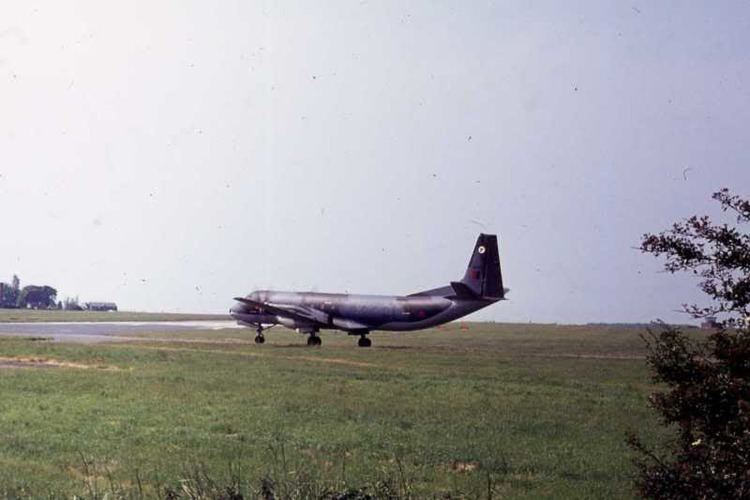
Station history
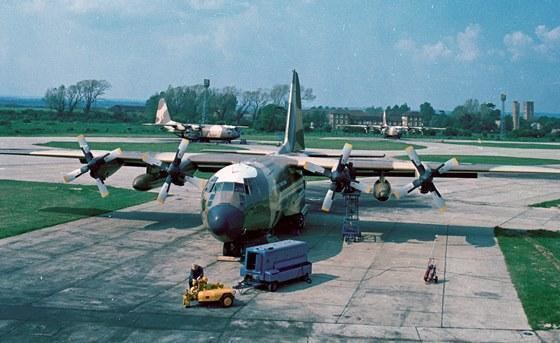
The airfield was built in 1938 for fighter aircraft and was involved in the Battle of Britain when it was attacked by the Luftwaffe on the same day as other stations such as RAF Ford and RAF Poling radar station. RAF Thorney Island was transferred to RAF Coastal Command for the protection of shipping and other various roles, and had its concrete runways laid in 1942. The station closed as an RAF airfield on 31 March 1976; however, the Royal Artillery re-opened the site in 1982.
Major units
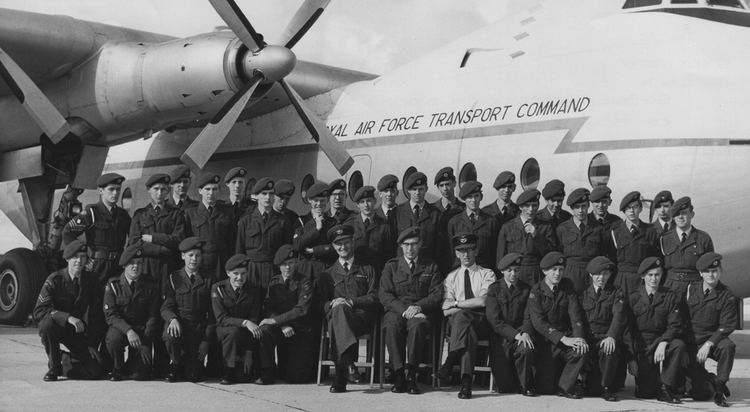
As with many RAF Coastal Command airfields, a great variety of squadrons and aircraft were posted to RAF Thorney Island during World War II; in particular:
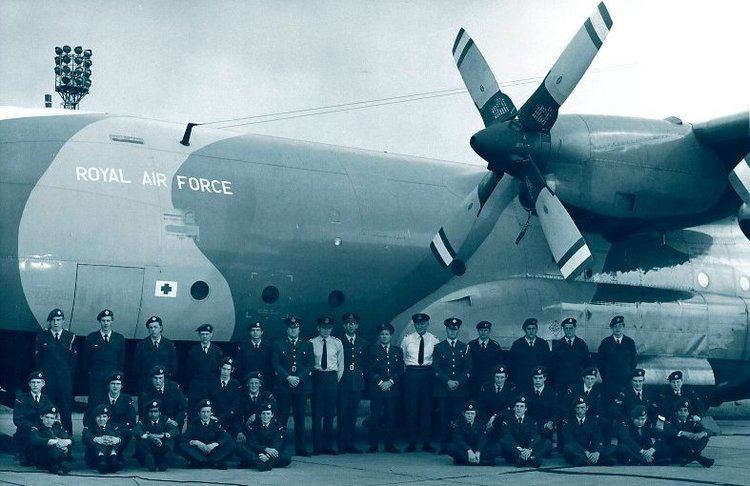
No. 22 Squadron RAF moved to the airfield on 10 March 1938 firstly using Vickers Vildebeest and then the Bristol Beaufort. It was possibly during this time when Flight Officer Kenneth Campbell won his Victoria Cross for a daring attack on the German battleship Gneisenau which was located in Brest harbour during April 1941 which unfortunately took his life. The squadron left on 8 April 1940 then came back to the airfield again on 25 June 1941 and stayed until 28 October 1941.

No. 48 Squadron RAF was present between 28 September 1938 and 10 October 1938 before returning on 25 August 1939 and leaving for the last time on 16 July 1940, both times using the Avro Anson.
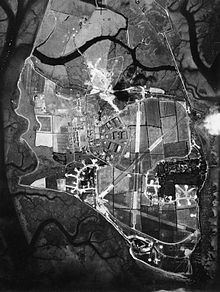
No. 53 Squadron RAF was operating the Hawker Hector from the airfield firstly between 24 November 1940 and 20 March 1941 before re-turning on 29 April 1943 staying until 25 September 1943 using the Consolidated B-24 Liberator.
No. 59 Squadron RAF moved in to Thorney island on 3 July 1940, initially flying anti-submarine patrols and bombing raids against the German invasion ports with Bristol Blenheims but left on 23 June 1941. The squadron returned 22 July 1941 and later became a general reconnaissance squadron, carrying out anti-shipping strikes, first with the Blenheims and then with Lockheed Hudsons then left on 17 January 1942. In August 1942 the squadron returned and converted to the Consolidated B-24 Liberator then for 2 months operated the Flying Fortress before reverting to the Liberator until it left Thorney in February 1943.
No. 86 Squadron RAF used RAF Thorney Island for two separate occasions. Firstly when it arrived during January 1942 using the Bristol Beaufort Mk I as a detachment before moving to RAF North Coates during March then again during August 1942 until March 1943 flying the Consolidated B-24 Liberator Mk IIIa.
No. 164 Squadron RAF used RAF Thorney Island as an airfield sometime between 16 March 1944 and 12 April 1944 conducting operations against enemy shipping and coastal using the Hawker Typhoon IB. However they returned nine days later and then stayed until 8 June 1944.
No. 198 Squadron RAF moved to the airfield on 6 April 1944 using the Hawker Typhoon IB for the preparation for D-Day before moving on 22 April 1944. The squadron returned 8 days later on 30 April 1944 was heavily used around Caen during the Battle for Caen before moving to France on 18 June 1944.
No. 233 Squadron RAF used the airfield as a location for a detachment starting from 2 January 1942 while the rest of the squadron were based at RAF Gibraltar before finally joining them on 12 July 1942.
No. 236 Squadron RAF was operational during the Battle of Britain as on 4 July 1940 it moved to the airfield using Bristol Blenheims carrying out anti-shipping patrols. The squadron changed aircraft in October 1941 to Bristol Beaufighters before moving to RAF Wattisham in February 1942.
No. 280 Squadron RAF formed at the airfield on 12 December 1941 as an Air Sea Rescue unit but did not receive any aircraft until February 1942 when Avro Ansons arrived but the squadron left on 10 February 1942. The squadron returned on 25 September 1943 and stayed until 21 October 1943 .
No. 404 Squadron RCAF formed at RAF Thorney Island on 15 April 1941 conducting coastal patrols flying the Bristol Blenheim Mk.IV, Bristol Beaufighter and the de Havilland Mosquito Mk.VI before moving to RAF Davidstow Moor on 20 June 1941.
No. 407 Coastal Strike Squadron (RCAF) was formed at Thorney Island on 8 May 1941, first training on the Bristol Blenheim. From September 1941 to January 1943, the squadron operated as a "strike" squadron attacking enemy shipping with the Lockheed Hudson. On 29 January 1943 it was re-designated 407 General Reconnaissance Squadron, and for the remainder of the war it protected friendly shipping from the U-boat threat operating the Vickers Wellington. The squadron was disbanded at the end of the Second World War on 4 June 1945.
No. 415 Squadron RCAF formed at the airfield on 20 August 1941 using Handley Page Hampdens as a torpedo-bomber squadron attacking enemy convoys and shipyards until 11 April 1942. Before returning on 16 May 1942 until 5 June 1942 and a third and final time between 11 November 1942 and 15 November 1943.
The next unit to use the airfield was No. 547 Squadron RAF which arrived 25 October 1943 with Liberators which it operated over the Bay of Biscay. The squadron moved again on 14 January 1944 to RAF Leuchars.
No. 612 Squadron RAF operated at the airfield between 18 August 1942 and 23 September 1942 with detachments at RAF Wick and RAF St Eval before moving to RAF Wick. The squadron flew both Armstrong Whitworth Whitleys and Vickers Wellingtons during the war.
Minor units
+ data from
Fleet Air Arm Squadrons
The airfield was also used by squadrons of the Fleet Air Arm like when in April 1945 703 Naval Air Squadron (NAS) was reformed as the "Air Sea Warfare Development Unit" at RAF Thorney Island to conduct experimental trials on a large variety of aircraft including the Grumman Avenger, Fairey Barracuda, Fairey Firefly and de Havilland Sea Mosquito. also two other Fleet Air Arm squadrons used the airfield with 810 NAS joining during March 1945 flying the Fairey Barracuda III and 836 NAS from January 1943 until March 1943 flying the Fairey Swordfish before moving to RAF Machrihanish.
Several other Naval Air Squadrons also used the airfield at some point:
Post-war units
On 1 October 1946 254 Squadron at RAF Thorney Island was renumbered to No. 42 Squadron. Equipped with Bristol Beaufighter TF.10, it was a strike unit in RAF Coastal Command until disbanded on 15 October 1947.
222 Squadron RAF
Between 1948 and 1950, No. 222 Squadron RAF was posted to RAF Thorney Island flying the Gloster Meteor. For eight weeks in the summers on 1948 and 1949 Thorney Island was the site of the very first Royal Observer Corps summer training camps with 600 volunteer observers attending each week, living and training under canvas.
During the early 50's, when Flying Training took over, Thorney Island was the parent unit for a small detachment in Weymouth (RAF Chesil Bank), where there was an emergency landing-ground (some involvement when the submarine "Affray" sank in the English Channel in 1951). The detachment's primary role was the operation of the bombing range off Chesil Beach. The floating targets in Lyme Bay were serviced by a launch from Lyme Regis.
242 Operational Conversion Unit
No 242 OCU, was posted to RAF Dishforth, received its Beverley Flight in 1957. The OCU’s instructors trained aircrew and ground staff in the flying and maintenance of the aircraft. In 1961, the unit moved to RAF Thorney Island, where apparently the unit caused retired Admirals and Generals to complain about the noise of night flying but the Beverley flight was disbanded in March 1967. A mistake in embroidery work resulted in a batch of Squadron badges bearing the title ‘242 Operational Conversation Unit’.
The first C-130 Hercules was delivered on 7 April 1967 by a Royal Air Force crew from the United States of America and shared the airfield with the Armstrong Whitworth AW.660 Argosy and later the Andover CMk1 which was operated by No. 84 Squadron RAF and No. 46 Squadron RAF
SAR flight 22 Squadron RAF
From June 1955, a Search and Rescue flight of No. 22 Squadron RAF equipped with Westland Whirlwind helicopters were posted to Thorney Island. These remained at the airfield until the Royal Air Force left in the 1976. B Flight No 22 Squadron was re-allocated to R.A.F. Lossiemouth in 1973, when it became a Flight of No 202 Squadron. The Royal Navy at Lee-on-Solent took over the area SAR capability.
Aircraft operated
Post war
Post RAF
Subsequently the Royal Navy expressed an interest in utilising the base, but in 1980 West Thorney became host to many hundreds of Vietnamese families, accepted by the United Kingdom for settlement in this country. In 1984 control was handed to the Royal Artillery, who named the site Baker Barracks, and who remain in control of the airfield to date.
